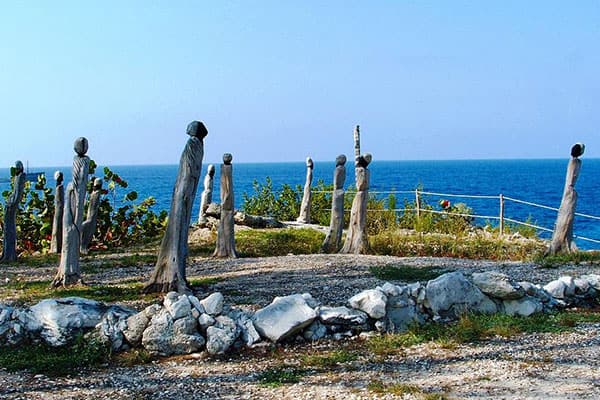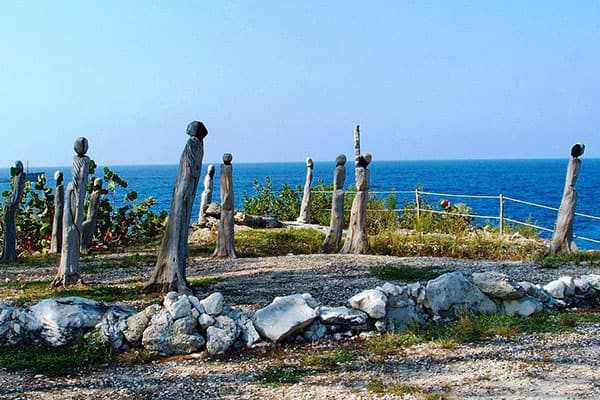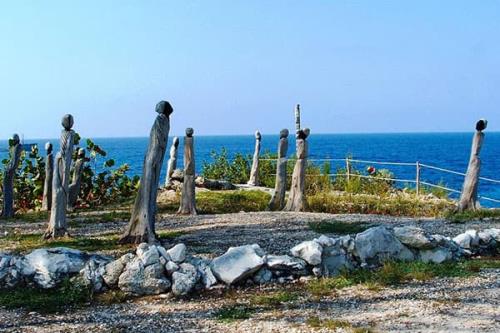
Black History Tour in New Providence Bahamas


To most cruisers, a day in Nassau generally entails some time at the beach bookend by shopping at the straw market and a drink at the perpetual Spring Break of Senor Frogs. The Bahamas cruise port is not known for high cultural or historic significance; but those willing to skip a day at the beaches can take a journey and explore the emancipation story of the African slave population in the tropical New World.
Begin your day at the Pompey Museum of Slavery & Emancipation at the Vendue House which is conveniently located a few blocks from the cruise port. Originally built in the 1760s as a marketplace for both goods and people; the museum now exhibits what life was like for slaves in the Bahamas, information about the Middle Passage and the exhausting journey across the Atlantic in the hulls of European cargo ships, and the eventual emancipation of slaves in the British Empire in 1834.
After the museum in downtown Nassau, you can head west in cab or scooter to the Whylly Plantation at Clifton Park. This National Park has was part of an unsuccessful plantation run by British Loyalists after their loss in the American Revolutionary War. In this park are the ruins of the stone buildings that housed slaves. Currently, the ruins exist without explanation or fanfare; but the Bahamian government plans on restoring the area for visitors to explore life on the plantation.
Near Clifton Park is Antonius Roberts’ “Sacred Space”. This sculpture garden of larger than life wooden African figures was carved in 2006 and is a tribute to both preservation and the population’s African ancestry. The figures face to the east, in the direction of the African continent and “Sacred Space” is located towards the southwest corner of New Providence Island, which is where ships unloaded the first wave of slaves in the Bahamas.
Finally, end your day at Adelaide Village. This community set up by the British Crown was one of the first settlements in the British Empire specifically designated for freed slaves after emancipation. Today, it’s a small rural village of farmers, centered around a church built for and by freed slaves in the 1830s. This village marks a major shift in the plight of ethnic Africans in the Bahamas, from people enslaved on a land far from their homes to the owners and leaders of a majority black territory off the coast of a large nation still stepped in slavery.
Plan Your Perfect Cruise Vacation!
Contact us now for a free package quote including flights, pre and post hotel, excursions, accommodations, and more!
Get A Free Quote Now






























